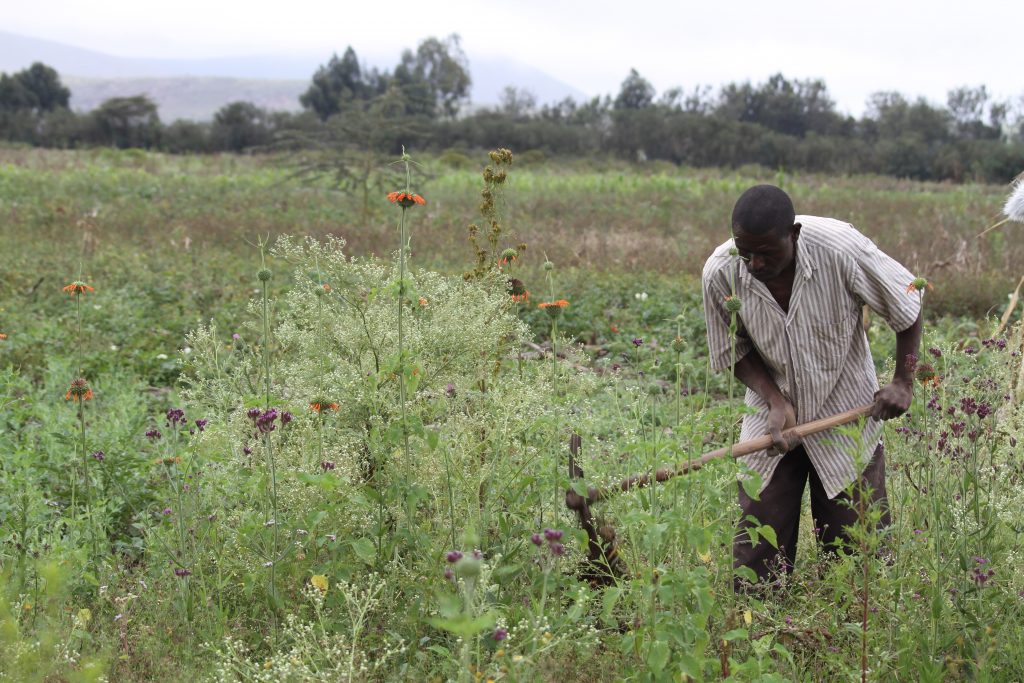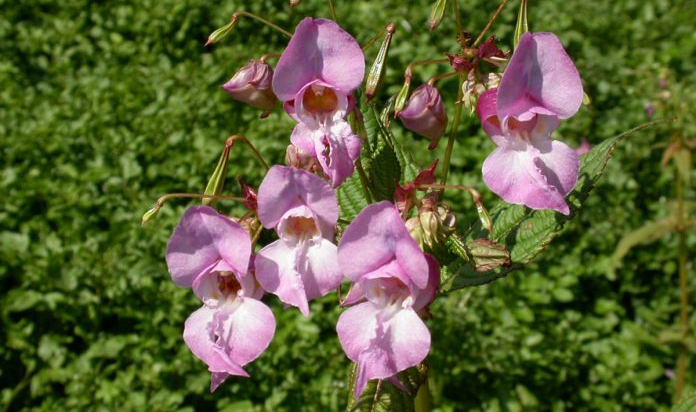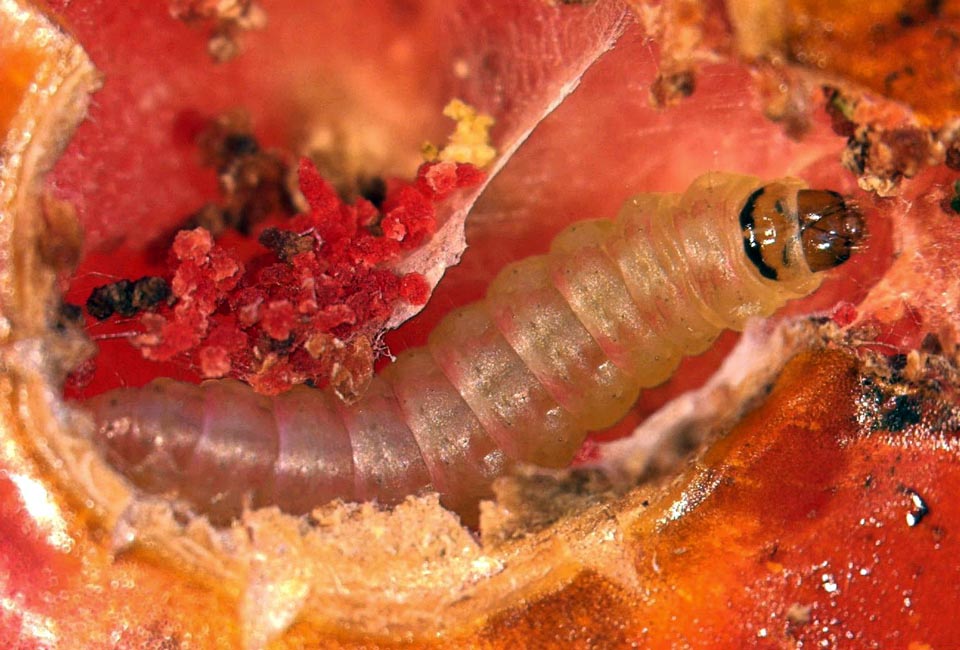Parthenium: Controlling the world’s most destructive toxic weed
The poisonous Parthenium hysterophorus plant is one of the world’s most destructive invasive plant species, threatening biodiversity, food security and human health across numerous countries. The herb is native to Central and South America but has spread to over 40 countries over recent decades including Australia, India, Ethiopia, Swaziland and South Africa.
Could entomopathogenic nematodes combat fall armyworm?
Research is currently underway to study new ways of encapsulating and applying entomopathogenic nematodes (EPN) to better combat the invasive and destructive fall armyworm in Africa. PhD student Patrick Fallet is investigating the possibility of a novel biocontrol approach which will attract the armyworm caterpillars to beads containing biocontrol agents such as the insect-killing EPN.
The threat of invasive species to biodiversity: Biological control of Himalayan balsam
By Alan Gange. Reblogged from Open Access Government. Alan Gange, Amanda Currie & Nadia Ab Razak (Royal Holloway, University of London), Carol Ellison, Norbert Maczey & Suzy Wood (CABI ) and Robert Jackson & Mojgan Rabiey (University of Reading) discuss the threat of invasive species to biodiversity, including the biological control of Himalayan balsam Invasive species…
Hybrid Swarm: A Threat to Food Security in South America
By Charlotte Day. Australian scientists have published findings confirming the hybridisation of two of the world’s most invasive agro-pests into a more advanced ‘mega-pest’.
Dr Ulrich Kuhlmann unveils Biopesticides Portal prototype at Biocontrol Africa conference
Dr Ulrich Kuhlmann, CABI’s Executive Director Global Operations, has unveiled a prototype Biopesticides Portal that facilitates the identification, sourcing and application of more environmentally-friendly, cost-effective and sustainable biological control products in the global fights against agricultural pests and diseases. The CABI-led project was highlighted this week (20 March 2018) at the Biocontrol Africa conference in Nairobi,…
The search for an alternative to pesticides for the Stink Bug
CABI’s expertise in scientific research and development is helping to lead the fight against a global pest which has already caused millions of dollars’ worth of damage to hazelnut crops in Georgia and apple production in north eastern regions of the USA. Known not only for its pungent smell to deter predators and its ability…
The Valentine’s Day Invasion
The influx of imported flowers in time for Valentine’s Day increases the risk of invasive pests making their way into native vegetation. Throughout January and February each year, customs and border agents have to inspect floods of bouquets arriving from across the globe to their intended markets in the US and Europe. While the pretty…
Classical biological control of Drosophila suzukii with Asian parasitoids
The soft-fruit pest Drosophila suzukii, or spotted-wing drosophila (SWD), is particularly difficult to control because of its short generation time and its very broad host range, including many wild and ornamental plants. The pest has been causing damage to fruit crop in Europe as well as North America where damages costing $500million were reported in…
Using roundworms to manage the Tomato Leaf Miner
Research recently published in the Journal of Economic Entomology has offered new insight into managing the tomato leaf miner (Tuta absoluta) using entomopathogenic nematodes (EPN). If the pest is not adequately managed, it can cause up to 100% crop loss in both field and green-house grown tomatoes. Also causing further concern is the increasing insecticide…









